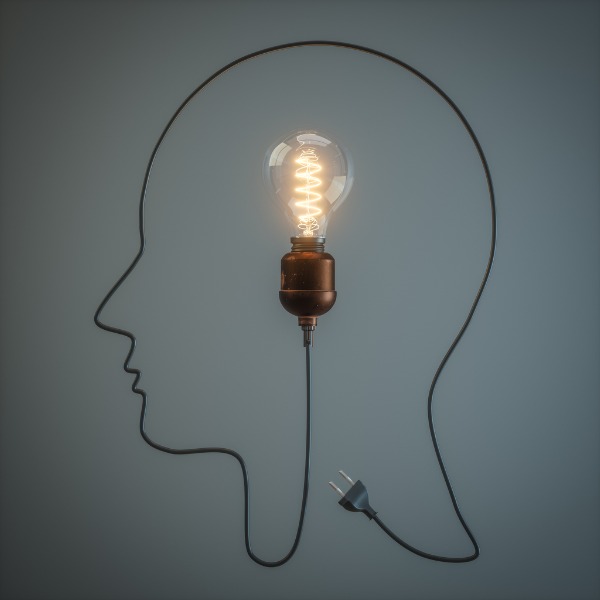Light and Sound Inventions that Changed the World

Light bulb and cord in shape of a head (onurdongel, iStockphoto)

Light bulb and cord in shape of a head (onurdongel, iStockphoto)
How does this align with my curriculum?
Curriculum Alignment
BC
1
Science Grade 1 (June 2016)
Big Idea: Light and sound can be produced and their properties can be changed.
NU
4
K-6 Science and Technology Curriculum (NWT, 2004)
Matter and Materials: Materials that Transmit, Reflect, or Absorb Light or Sound
NT
4
K-6 Science and Technology Curriculum (NWT, 2004)
Matter and Materials: Materials that Transmit, Reflect, or Absorb Light or Sound
AB
2
Science 2 (2023)
Energy: Understandings of the physical world are deepened by investigating matter and energy.
NU
8
Knowledge and Employability Science 8 (Alberta, Revised 2009)
Unit C: Light and Optical Systems
YT
8
Science Grade 8 (British Columbia, June 2016)
Big Idea: Energy can be transferred as both a particle and a wave.
NT
8
Knowledge and Employability Science 8 (Alberta, Revised 2009)
Unit C: Light and Optical Systems
NS
8
Science Grade 8 (2020)
Learners will construct a device that utilizes hydraulics or pneumatics.
BC
4
Career Education 4 (2016)
Big Idea: Good learning and work habits contribute to short- and long-term personal and career success.
YT
4
Career Education 4 (British Columbia) (2016)
Big Idea: Public identity is influenced by personal choices and decisions.
YT
4
Career Education 4 (British Columbia) (2016)
Big Idea: Exploring our strengths and abilities can help us identify our goals.
YT
4
Career Education 4 (British Columbia) (2016)
Big Idea: Leadership requires listening to and respecting the ideas of others.